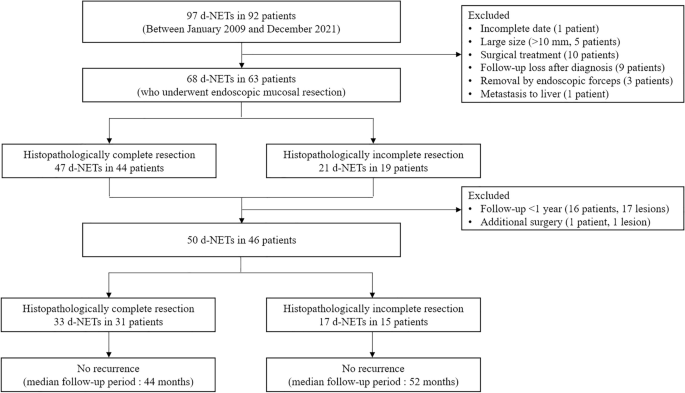-
Large language models propagate race-based medicine

Abstract Large language models (LLMs) are being integrated into healthcare systems; but these models may recapitulate harmful, race-based medicine. The objective of this study is to assess whether four commercially available large language models (LLMs) propagate harmful, inaccurate, race-based content when responding to eight different scenarios that check for race-based medicine or widespread misconceptions around…
-
Effects of oxytocin on the hair growth ability of dermal papilla cells

Abstract Oxytocin (OXT) is a neuropeptide hormone termed “love hormone” produced and released during childbirth and lactation. It is also produced in response to skin stimulation (e.g., during hugging and massaging) and music therapy. The effects of OXT on various organs have been revealed in recent years; however, the relationship between hair follicles and OXT…
-
Long-term outcomes of endoscopic resection for duodenal neuroendocrine tumors

Abstract Duodenal neuroendocrine tumors (d-NETs) ≤ 10 mm in size, confined to the submucosal layer, without lymph node or distant metastasis, can be treated safely and effectively by endoscopic management. However, most results are based on limited data and short follow-up outcomes. Herein, we aimed to evaluate the short-term and long-term outcomes of endoscopic resection for d-NETs. We…
-
Effect of morpholine, and 4-methylmorpholine on urethane formation: a computational study

Abstract A theoretical study of urethane formation through the reaction of phenyl isocyanate and butan-1-ol was carried out, without and in the presence of morpholine, and 4-methylmorpholine catalysts. The reaction with and without catalysts was studied at BHandHLYP/6-31G(d) and G3MP2BHandHLYP levels of theories. The reaction mechanism in the presence of catalysts differs significantly from the…
-
Robots may transform the way we produce and prepare food
Robotics technologies are finding their way into the food production chain, from agriculture robots ‘working’ on farms, to 3D food printers generating customized dishes in the kitchen. In this Viewpoint, two roboticists, Hod Lipson and Salah Sukkarieh, discuss the possible roles of robotics in shaping the future of food, highlighting how robots may be able…
-
The politics of energy security
Energy security concerns must be considered not only in terms of energy availability at an affordable price, but also from a political and social sciences perspective. Energy security concerns have recently been thrown into stark relief for the Global North. Supply-chain issues and protectionist policies brought an energy crisis to the fore during the COVID-19…
-
Trans-inclusive gender categories are cognitively natural
On the basis of decades of cognitive science research into the nature of lexical concepts, we argue that gender categories that reflect the reality of the experiences of transgender people are more useful and cognitively natural than sex-based category definitions. Many people make a distinction between gender and sex: sex-based categories are defined on the…
-
Land cover dataset of the China Central-Asia West-Asia Economic Corridor from 1993 to 2018

Abstract Land Cover (LC) maps offer vital knowledge for various studies, ranging from sustainable development to climate change. The China Central-Asia West-Asia Economic Corridor region, as a core component of the Belt and Road initiative program, has been experiencing some of the most severe LC change tragedies, such as the Aral Sea crisis and Lake…
-
Toxic workplaces are the main reason women leave academic jobs

Women with tenure-track and tenured academic posts are more likely to leave than are their male counterparts.Credit: Mlenny/Getty A survey of thousands of US academics has found that the number one reason that women leave faculty positions is poor “workplace climate”, which can encompass discrimination, dysfunctional leadership, a feeling of not fitting in and other…
-
Ecological Evolution: Transition Pending for Leadership at USU Ecology Center
Wildfire, invasive species, climate change. Problems in the natural world tend to be thorny, often with interwoven factors that can’t be untangled without sincere, cross-disciplinary problem-solving. The siloed nature of traditional university structures often works at odds with cross-disciplinary work — if there isn’t a hydrologist, biologist or social scientist in your contact list, it’s…